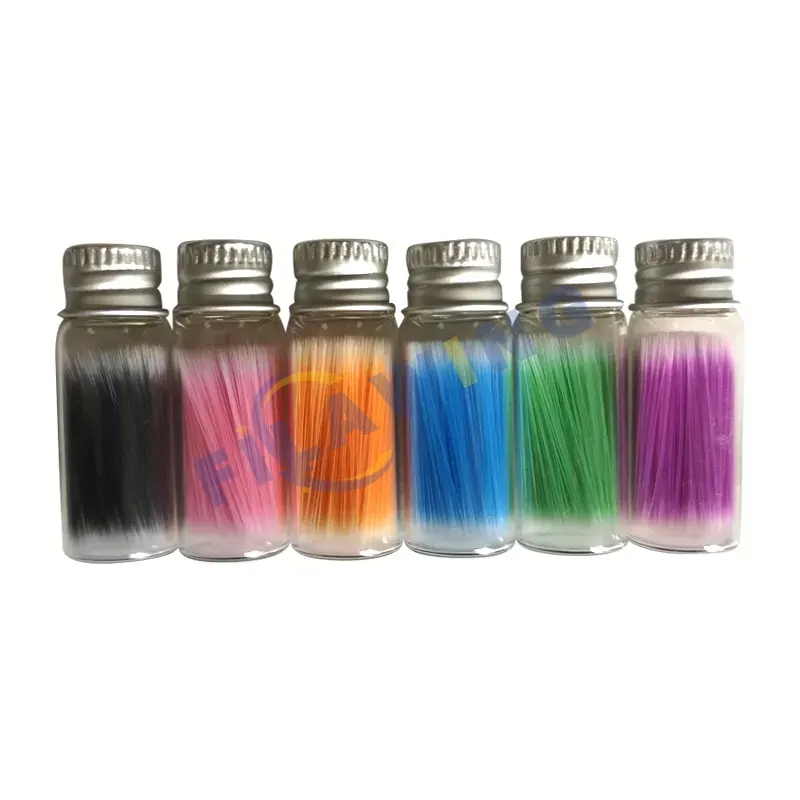Aspects of synthetic brush filaments
2023-10-18
Synthetic brush filaments are man-made materials used to create bristles for various types of brushes, ranging from art brushes to industrial and household brushes. These filaments are designed to mimic the properties of natural animal hair bristles while offering unique advantages such as durability, consistency, and resistance to certain environmental factors.
Key features and aspects of synthetic brush filaments include:
1. Materials: Synthetic brush filaments can be made from a variety of synthetic polymers, each with its own set of properties. Common materials include nylon, polyester, polypropylene, polyethylene, and PBT (polybutylene terephthalate).
2. Durability: Synthetic filaments are often more durable than natural animal hair bristles, making them suitable for brushes that require frequent use or exposure to harsh conditions.
3. Consistency: Synthetic filaments offer consistent quality and performance, as they can be manufactured with precise specifications. This consistency can be important for applications that demand uniform results.
4. Versatility: Synthetic filaments can be engineered to exhibit specific characteristics, such as stiffness, softness, heat resistance, chemical resistance, and more, making them suitable for a wide range of applications.
5. Wet and Dry Use: Depending on the type of synthetic filament used, brushes with synthetic bristles can be suitable for both wet and dry applications.
6. Art and Craft Brushes: Synthetic filaments are commonly used in art and craft brushes, such as acrylic and watercolor brushes, where they can provide excellent paint pickup and controlled application.
7. Household and Industrial Brushes: Synthetic bristles are often used in household and industrial brushes for tasks such as cleaning, scrubbing, dusting, and surface finishing.
8. Environmental Considerations: Some synthetic brush filaments are designed with eco-friendly considerations in mind, using recycled materials or biodegradable polymers.
9. Cost-Effectiveness: Synthetic filaments can be more cost-effective than natural animal hair bristles, which can make brushes more affordable while still offering good performance.
10. Maintenance: Brushes with synthetic bristles are generally easier to clean and maintain than brushes with natural hair bristles. They can often be cleaned with water and mild soap.
11. Hypoallergenic: Synthetic brush filaments can be hypoallergenic, making them suitable for users who may have allergies or sensitivities to animal hair.
12. Customization: Manufacturers can engineer synthetic brush filaments to meet specific requirements in terms of stiffness, resilience, and performance.
When selecting brushes with synthetic bristles, it's important to consider the intended application and choose the type of filament that best suits your needs. Different types of synthetic filaments can provide varying levels of softness, stiffness, and durability, making them suitable for a wide range of tasks across industries.



